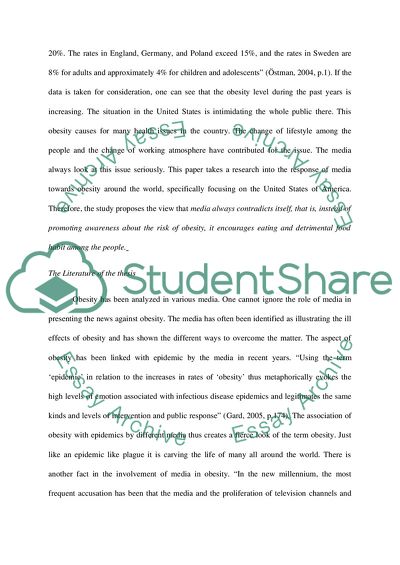Cite this document
(Media Response to Obesity Research Paper Example | Topics and Well Written Essays - 2500 words - 1, n.d.)
Media Response to Obesity Research Paper Example | Topics and Well Written Essays - 2500 words - 1. Retrieved from https://studentshare.org/social-science/1754525-compare-and-critique-the-media-response-to-obesity-with-research-and-policy-discourse-on-the-topic
Media Response to Obesity Research Paper Example | Topics and Well Written Essays - 2500 words - 1. Retrieved from https://studentshare.org/social-science/1754525-compare-and-critique-the-media-response-to-obesity-with-research-and-policy-discourse-on-the-topic
(Media Response to Obesity Research Paper Example | Topics and Well Written Essays - 2500 Words - 1)
Media Response to Obesity Research Paper Example | Topics and Well Written Essays - 2500 Words - 1. https://studentshare.org/social-science/1754525-compare-and-critique-the-media-response-to-obesity-with-research-and-policy-discourse-on-the-topic.
Media Response to Obesity Research Paper Example | Topics and Well Written Essays - 2500 Words - 1. https://studentshare.org/social-science/1754525-compare-and-critique-the-media-response-to-obesity-with-research-and-policy-discourse-on-the-topic.
“Media Response to Obesity Research Paper Example | Topics and Well Written Essays - 2500 Words - 1”, n.d. https://studentshare.org/social-science/1754525-compare-and-critique-the-media-response-to-obesity-with-research-and-policy-discourse-on-the-topic.


